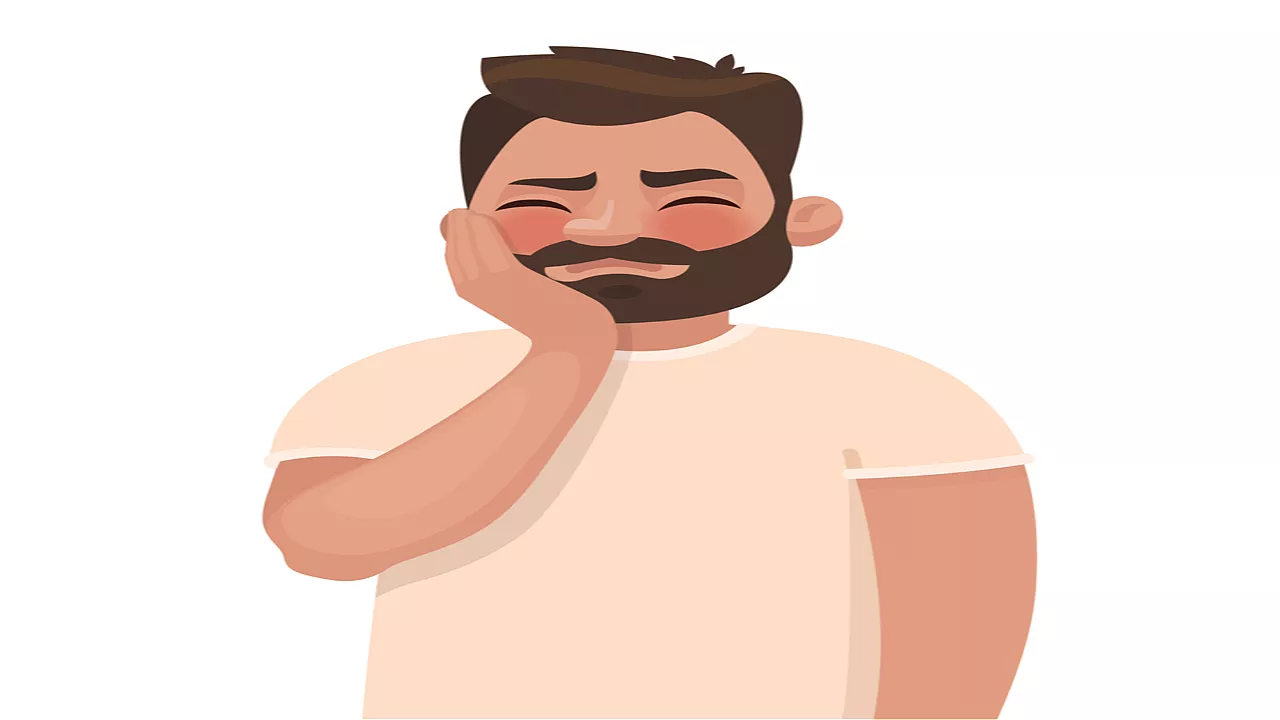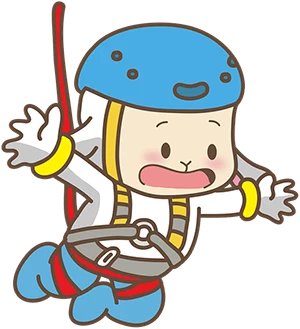
Chronic pain severely impairs the quality of life of people. Thus, people tend to turn to the most straightforward solution: taking painkillers, steroids, and more. The problem is that these do not treat the causes of the disease but only the symptoms. The patient becomes dependent on drugs and perpetuates the disease! All medicines (especially non-herbal ones) have side effects and health damage in prolonged use.
The self-healing method is anti-inflammatory and works on the causes of pain, not its symptoms.
Link: Alleviating chronic pain using anti-inflammatory methods.
The mental-emotional state significantly affects the level of pain. (This is a separate discussion.) This method has the disadvantage of being slower than medications and requiring patience and perseverance. However, each technique described in detail in the Natural Therapies chapter effectively reduces pain. NATURAL THERAPIES.
The broad suggested definitions (without using synonyms) of inflammation and physical pain mirror each other.
Link: |Pain (Wikipedia)|
If you look for definitions for physical pain, you will find that they are not uniform. My suggested definitions:
Link: Subjective pain scale and the objective pain level.
- "Inflammation is a short or continuous immune response caused by temporary or permanent cell damage intended to rehabilitate the damaged tissue."
- "Physical pain is a short or continuous alarm sensation caused by temporary or permanent cell damage (above a certain threshold) in tissue with sensory nerves (nociceptors)." Pain is a part of the self-defense mechanism.
List of primary anti-inflammatory methods and their impact.
Relatively quick relief of pain.
- To reduce pain, press firmly with your finger at the peak of the pain (of all types) until a slight pulse appears. Then, hold the press for 45-60 seconds. This action can open an energetic blockage. Applying pressure to the pinky finger is recommended for heart patients who feel an irregular heartbeat. (You can also use your right hand.)
- Cleansing the Liver, Gallbladder, Intestines, and Kidneys.
- Although acupuncture can be painful, it effectively relieves pain. (A series of treatments is usually required.)
Slow relief of pain.
- Anti-inflammatory nutrition. (The effect is relatively slow.)
- Herbs and various supplements. (The effect is relatively slow.)
- Massage, reflexology, and moderate exercise can often alleviate mild chronic pain.
- Direct and controlled sun exposure has analgesic properties. Vitamin D3 is critical to the proper functioning of the immune system. (superior to any supplement)
- Cupping therapy, Scraping (Chinese Gua-sha), dipping feet in ginger water, and Medical leeches.
- Deep breathing techniques for pain relief - preferably learned in a yoga workshop.
Summary and recommendations.
Specialization in pain medicine has become popular and in demand, especially for chronic disease patients.
- Unfortunately, pain medicine does not cure anything; it only temporarily relieves the pain while perpetuating the drug treatment, at the cost of many complications and side effects.
Pain treatment using the self-healing method is much slower than painkillers, so it is mainly suitable for chronic pain. However, it treats the causes of the disease and not just the pain.
Continue reading: Alleviating chronic pain using anti-inflammatory methods.

Pain and discomfort accompany us all from the day we are born until death. At the same time, you will find no uniformity in the definitions and no transparent methodology for measuring "objective pain."

